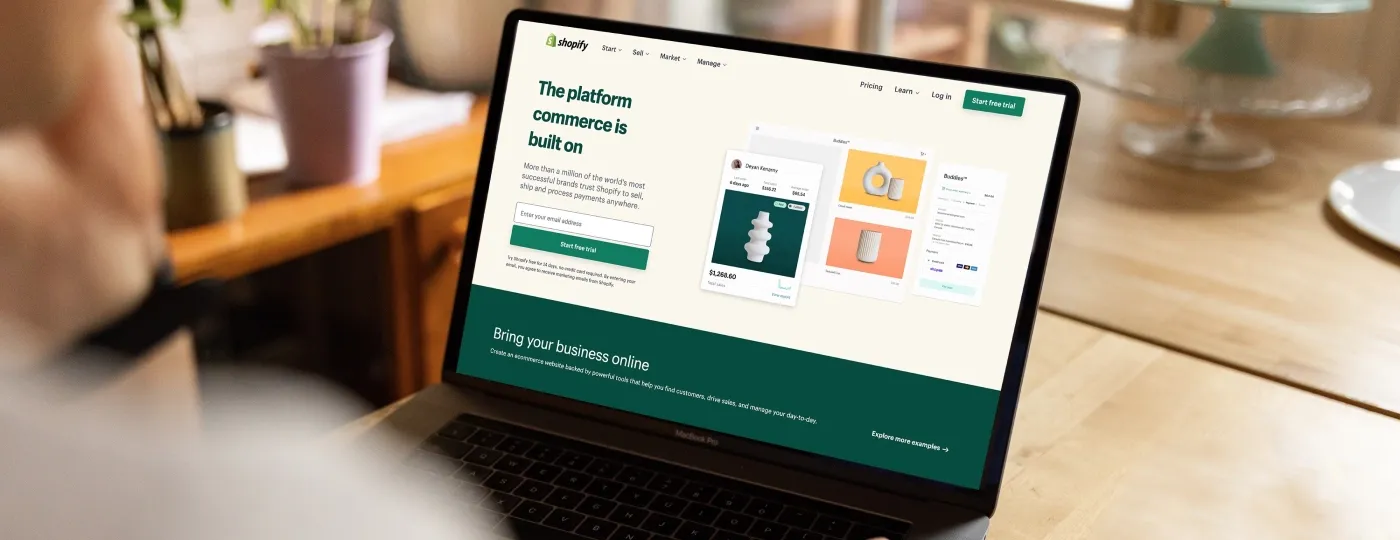Sustainability goes beyond the tangible and virtual worlds, but it surely is a buzzword when we think of these two. Sustainable web design is a modern-day approach. It reduces the environmental impact of websites so that they have better performance, lower carbon footprint, and improved user experience. In this article, we will discuss sustainable web design — its significance and some actionable strategies and best practices for implementation.
Sustainable web design: What Is it All About?
Sustainable web design uses practices that diminish the ecological impact of digital items, including sites, applications, and platforms. It includes optimizing resource expenditure, wasting less energy, and taking the larger effects of digital interfaces on the environment into consideration. A design philosophy that focuses on the ideals of eco-friendliness, efficiency and human-centric design, aka salt-filled carbons followed by a minimum-waste better experience.
Why is Sustainable Web Design Important?
We all know that the internet as a whole is responsible for around 3.7% of global greenhouse gas emissions. People are only just realizing how big of a carbon footprint social media platforms actually have. The situation is only worsened by the fact that we are increasingly relying on digital and internet-based solutions. At the same time, online infrastructure is growing as well. The below points emphasize the need for eco-friendly website design:
- Impact on the environment: Cutting down Websites carbon footprint can help global emissions. By minimizing redundant data transfers, reducing energy consumption on servers, and improving the overall efficiency of digital infrastructure, sustainable design practices have a direct positive impact.
- Cost Effectiveness: Websites built on sustainability are proven to have lesser operating costs. These optimizations help to save on server and data transfer costs. And for companies, that means they have to spend less money to operate successfully.
- Improved User Experience: Green web design practices is all about fewer clicks, less clutter and higher efficiency. This in turn also reflects on site performance, making it load faster. However, if your page’s load faster it will translate in more engagement. Hence the visitors are going to stay longer on well performing websites.
- Reputation: Companies devoted to sustainability become socially responsible which is important for consumers who have growing concerns with environmental problems. Embracing green web design enhances the image of a brand and attracts an audience who care about the environment.
- Adherence to Laws: With many governments around the globe introducing regulations aimed at regulating carbon emissions and energy consumption. Thus, businesses will be forced to make changes in order to act more sustainably. By ensuring adherence to sustainable web design, companies can maintain compliance in avoiding any potential violations of the rules and standards applicable to your organization.
Beginner Guide to Sustainable Web Design
Sustainable digital design means making choices that minimize a website’s impact on the climate. Here are central strategies for making it work:
- Optimize Images and Media
Multimedia files have huge part of loading data in website. Making them smaller without losing much quality can have a profound impact on data transfer rates and power usage. Among the effective techniques are:
- Utilizing a format such as WebP allows for good quality files at a lower file size. Use tools to compress images such as TinyPNG or Squoosh (keep quality unnoticed)
- Use responsive images to deliver only the necessary image sizes per screen size. This way, mobile devices won’t download extra data that similar views will use.
- Only load images when in view of the user, which reduces initial loading time and data usage.
- Efficient Coding Practices
The poor coding leads to slower websites and higher energy consumption. By using optimal coding practices, a website can work faster:
- Minify the HTML, CSS and JavaScript to remove line breaks, spaces and indentation identifiers in order to reduce their size.
- Combine files where possible to minimize the amount of requests that need to be made by the browser.
- CSS animation and effects typically use fewer resources than their JavaScript equivalents.
- Choose Hosting Based on Renewable Energy
Choosing the hosting providers which depends on renewable energy can decrease the carbon footprint of a website. Numerous web development methods providers deliver green hosting that is energized by wind, sunlight, or water power.
- Optimize Fonts and Typography
Fonts are another area that could affect how fast a page loads, but it is especially true if your site uses custom or web-based fonts. Some best practices for optimizing fonts include:
- Using a few font families reduces the amount of requests and consequently the load time.
- System Fonts are shipped with devices and naturally do not require downloads.
- Font Subsetting is a method to reduce bandwidth by only downloading exactly the required characters. These characters are supported by a particular typeface, e.g. some languages, symbols etc.
- Limit Usage of Heavy JavaScript frameworks
JavaScript libraries provide a lot of functionality but can increase the weight of a website and negatively impact loading times. Go with the minimalistic libraries that are used for these tasks. This can perform all necessary functions without demanding a huge amount of data. Load java script modules ON DEMAND to keep your data uses low.
Conclusion
Sustainable web design is an intentional way of minimizing the climate footprint of digital interfaces. In summary, perform through efficient coding, do eco hosting, optimize media as well as make green websites by implementing environmentally friendly web development practices. This way, users can enjoy eco-friendly and user-friendly websites developed from developers & designers. Sustainable web practices align with environmental goals. It also lead to higher user experience, lower operating expenses and a better perception as a brand.





